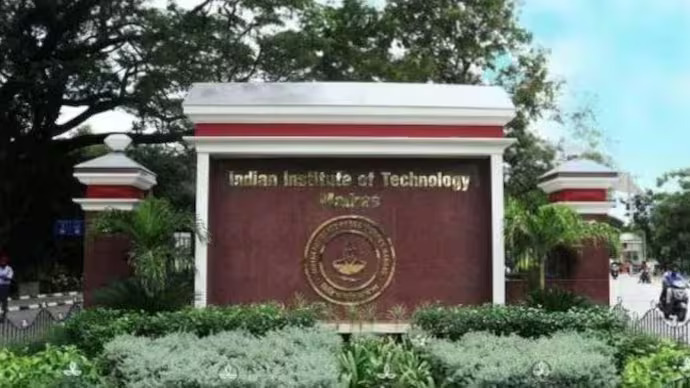Cracking diabetes before it strikes: IIT Madras research hunts genetic warning signs
By | Health | 18-Sep-2025 13:08:45

News Story
India’s war against diabetes could soon gain a powerful new weapon.
Researchers at the Indian Institute of Technology Madras (IIT Madras), in
collaboration with Sun Life Global Solutions (SLGS), are spearheading a study
to detect the disease long before conventional tests can.
The project zeroes in on Pancreastatin
— a little-known biomarker that may act as an early red flag for type 2
diabetes. Alongside, scientists are mapping 10–12 genetic markers that could
help predict an individual’s risk years before symptoms surface.
This effort comes at a critical moment. With
nearly 77 million adults living with diabetes and another 25 million in the
pre-diabetic stage, India carries one of the heaviest burdens of the disease
worldwide. More than half of these cases remain undiagnosed until complications
set in, leaving little scope for prevention.
“Traditional glucose and HbA1c tests detect
diabetes only after it’s taken root. Our goal is to shift that timeline,” said
researchers from IIT Madras’s Department of Biotechnology, which is leading the
initiative with the BJM School of Biosciences.
If proven, the findings could ripple far
beyond the lab. The development of affordable genetic risk tests and
Pancreastatin-based kits could empower doctors at the primary healthcare level
to flag vulnerable patients early. That, experts say, would not just save lives
but also ease the economic drain of lifelong treatment.
The IIT Madras team has previously identified
genetic and protein variations that make South Asians particularly vulnerable
to diabetes, hypertension, and cardiovascular disease. This new work builds
directly on that foundation, pushing for real-world applications that could
shape clinical guidelines and public health policy.
For millions at risk, this research represents more than scientific progress—it could mark the line between a future with diabetes and one without.